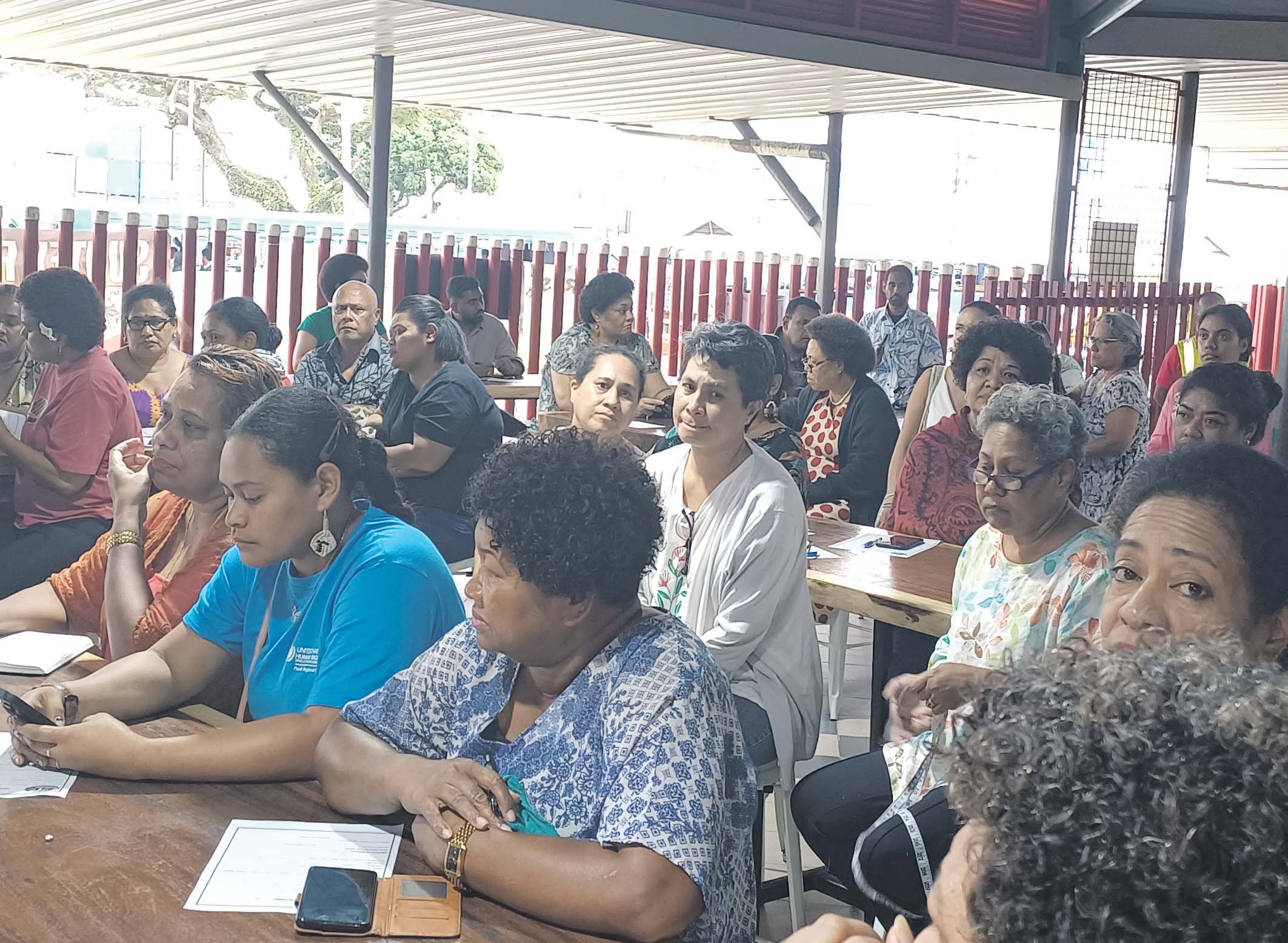Banks in Fiji could tap into the unmet demand for credit among Women-owned Micro, Small and Medium Enterprises (WMSMEs), which the Asian Development Bank (ADB) said was estimated at roughly $250 million.
In its latest assessment titled: “Women-Owned Businesses in Fiji Face $USD111 Million Credit Gap — Opportunities and Challenges for Private Sector Financial Institutions”, the ADB said the WMSME market was “large untapped opportunity for financial institutions in Fiji” and while there were already initiatives that provided credit to women-owned businesses, “there is plenty of room for other private sector financial institutions to take a strategic and genderintelligent approach to earn from and serve women”.
“The assessment looked at several financial institutions targeting women in Fiji,” it said.
“FDB is the only financial institution offering a tailored loan product. Fintech Pacific, as part of a consortium, is piloting a digital wallet and payment acceptance platform for women-led micro and small businesses. South Pacific Business Development and ANZ offer business and financial up-skilling through their programs Fiji Bloom and MoneyMinded, respectively. Westpac sponsored the Women in Business ‘Aspiring Entrepreneur of the Year’ award for 2022 to encourage women’s entrepreneurship in the country.”
ADB’s study estimated that WMSMEs account for 19 per cent of total MSMEs in Fiji and that there are “over 5500 registered WMSMEs in addition to the 18,742 self-employed women and 4650 working in handicrafts”.
“Globally, financial institutions have found that when banked, women are strong savers, prudent borrowers, and loyal customers,” it said.
ADB’s recommendations to financial institutions to help take advantage of the WMSME credit gap:
• When segmenting MSMEs, consider that the annual sales turnover of those owned by women tend to be smaller than those of men so that women are not inadvertently left behind. For example, 55 per cent of the women interviewed for this assessment have annual sales turnover of no more than $50,000;
• Collect sexdisaggregated MSME data and use it to build the business case and drive business decisions. The first step in seizing the women’s market opportunity is understanding how the financial institution is currently serving women. To this end, financial institutions should review their portfolio to understand the extent to which they are already serving WMSMEs (baseline) and determine growth targets accordingly. The percentage of women ownership (i.e, 19 per cent of MSMEs in Fiji are registered in the name of a woman) can be used as a guide for setting targets;
• Identify key performance indicators to track to strengthen the understanding of the portfolio and customer, and help financial institutions enhance cross-selling, direct marketing, risk-based pricing, etc;
• Through market research, understand specific challenges that WMSMEs face in accessing financing and address them accordingly. This is essential in transitioning from a genderneutral to a gender-intelligent approach. For example, (a) assess alternative forms of collateral given that women in Fiji tend to have less access to traditional forms of collateral such as real estate, and (b) collect alternative data to assess creditworthiness— while over 90 per cent of the women interviewed for this assessment did not engage in ecommerce, 45 per cent of them used mobile money accounts;
• Diversify into WMSME economic sectors. SME lending is concentrated in transport and wholesale. Start with targeting registered WMSMEs and develop a strategy to onboard them. Diversify into sectors where WMSMEs are concentrated, and consider opportunities in food stalls and restaurants, cleaning services, information and communication technology providers, and professional services. In addition, consider economic sectors with strong WMSME value chains, e.g., tourism, fast moving consumer goods, and telecommunications;
• Tap the informal sector where there is a WMSME majority. The informal sector offers a broad pool of 18,742 self-employed women and 4650 women working as handicraft workers. To serve them, financial institutions should consider helping create pathways to formalisation by, for example, systematically helping WMSMEs register their businesses and apply for licenses. This can be effectively done by partnering with appropriate entities such as the government, nongovernmental organisations, and business associations; and
• Forge partnerships with likeminded entities to provide digital literacy, financial literacy, and business and financial management capacity building. There is currently a heavy reliance on cash and in-person interaction between MSMEs and their financial institutions. As the financial sector in Fiji moves toward digitalisation, it will be crucial for financial institutions to help build the capacity of their customers as well as find the appropriate balance between high tech and high touch to respond to the needs and preferences of their target segments.


